Can You Play 3DS Games On Switch? (& How)
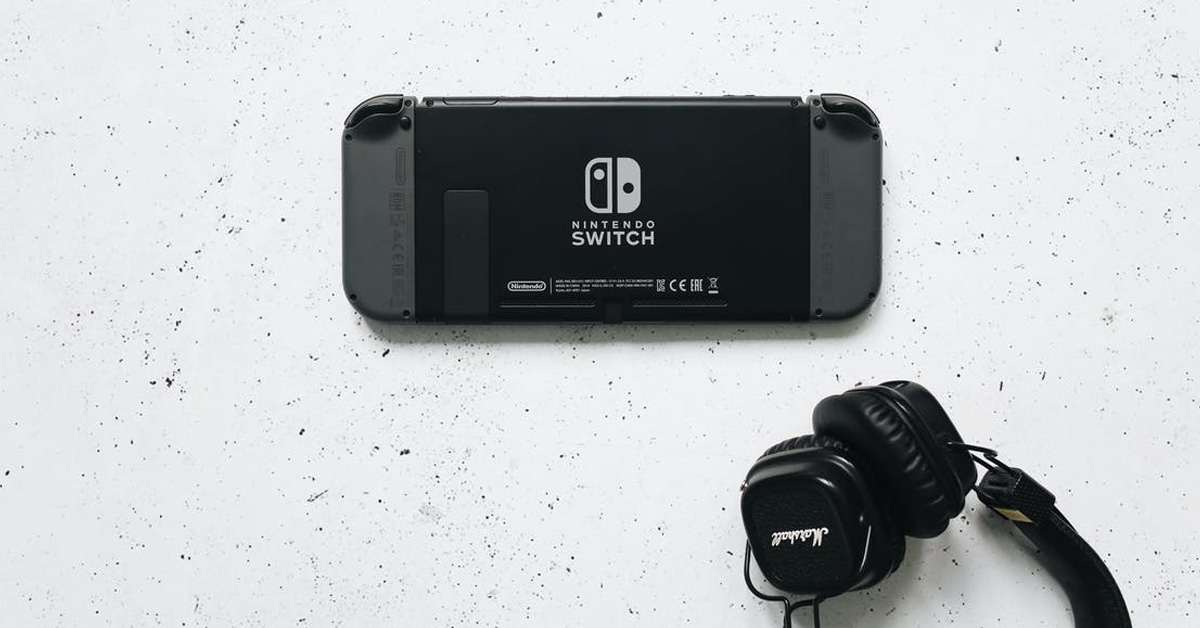
With the exponential growth in the gaming industry in terms of the technologies being incorporated, we’ve seen a lot of the newer consoles released have the backward compatibility feature that allows users to play games on older consoles on newer consoles. The likes of PlayStation and Xbox have done great work on incorporating the backward compatibility feature however, has Nintendo also incorporated the feature? This leads us to ask if you can play Nintendo 3DS games on Nintendo Switch consoles.
You cannot play Nintendo 3DS games on Nintendo Switch consoles because both consoles are based on cartridge technology with different sizes. This implies that when you try to slot in the Nintendo 3DS games into the Nintendo Switch, you cannot because of the size.
The difference in cartridge sizes makes it impossible to play 3DS games on Nintendo Switch consoles however, you may be able to play 3DS games on Switch consoles with emulators. In this article, I’ll explain if it’s possible to play 3DS games on Switch consoles and how you can. If it’s not possible, I’ll also discuss the reasons why you cannot play Nintendo 3DS games on the Nintendo Switch consoles
Can You Play 3DS Games On Switch?
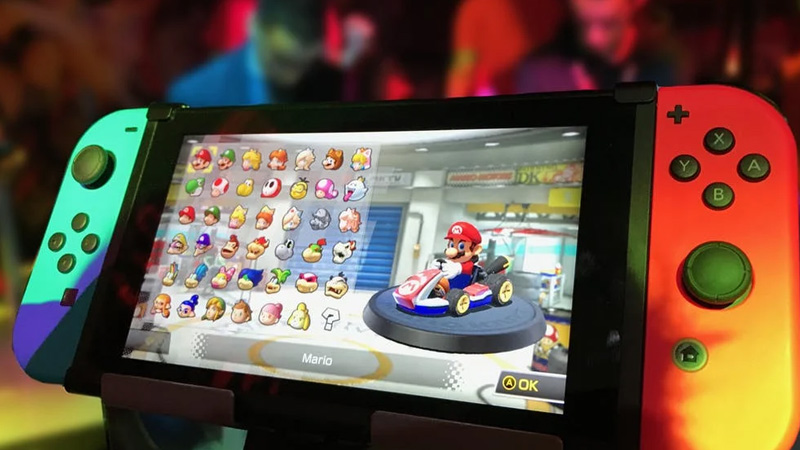
Unfortunately, the Nintendo Switch cannot play 3DS games unless it is modified, jailbroken, or emulated. The game’s internal and external parts are not compatible with the 3DS games, making it very challenging to incorporate the backward compatibility technology with the consoles.
Unlike the PlayStation and Xbox consoles that are backward compatible— meaning they can be used to play games from previous generations of consoles, the Nintendo consoles aren’t backward compatible due to the hardware and software features of each generation of the console being unique to the specific generation.
The Nintendo Switch is one of the most impressive portable gaming devices in the gaming industry since it’s suitable for handheld mode and allows you to play on the go without needing power, or carrying a console around. The game is very portable, you can switch easily from a gaming console to a handheld gaming device whenever you want to which makes it a very unique gaming system in the gaming market.
However, while its technology is impressive, it comes with its own restrictions which include its hardware and software components not being compatible with the backward compatibility technology requirements.
Just like the Nintendo Switch, Nintendo 3DS was also built with the cartridge technology which makes implementation of the backward compatibility tech quite hard since the cartridge size of the Nintendo consoles varies in size.
This makes it tough to use the Nintendo 3DS cartridge games with Nintendo Switch, making it one of the reasons based on the hardware compatibility of Nintendo consoles with backward compatibility. Nintendo 3DS cartridge games are slightly bigger than the Nintendo switch’s cartridge size, making it impossible to insert the games into the switch’s port, therefore, leading to the impossibility of the 3DS games to be played on switch consoles.
Why The Nintendo Switch Can’t Play 3DS games
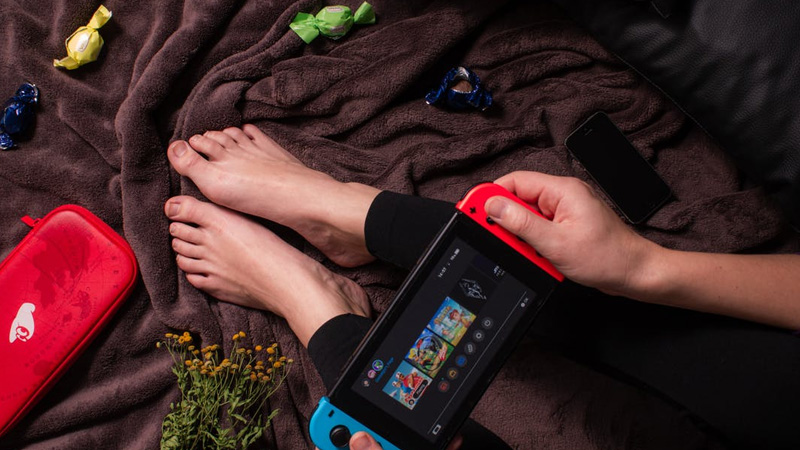
Differences In Card Shape And Size
The first issue when it comes to playing Nintendo 3DS games on Nintendo Switch consoles is the fact that the 3DS cartridges come in different sizes and shapes from the switch cartridges. However this issue hasn’t stopped Nintendo from enabling backward compatibility in the past since they did include a Game Boy cartridge port on the Game Boy Advance, and a Game Boy Advance cartridge port was included on Nintendo DS.
However, Nintendo didn’t include the 3DS port in the switch which may be due to reasons Badddd on costs and hardware differences leading to the 3DS cartridge port being cut from the Switch design. In addition, digital games weren’t added to the system for reasons best known to Nintendo.
High Cost Of Production For Nintendo Switch
While Nintendo was designing the Switch consoles, they possibly chose every component with the $300 price point as the guide.
There are possibilities that in the long design process, Nintendo couldn’t find a way to include a 3DS game card port while keeping the Switch’s price low to the very minimum, and since the switch already included some pricy components such as the Joy-Cons, the large touch screen, and the internal SSD storage drive. Hence, why they couldn’t incorporate a 3DS card slot and made sure to cut that from the design to save cash and reduce the cost of production.
Although this is just speculation, it’s a reason that cannot be turned away. Why else would Nintendo not include a 3DS cartridge port in the Nintendo switch consoles if it wasn’t an issue that affected the production costs?
Physical Hardware Differences
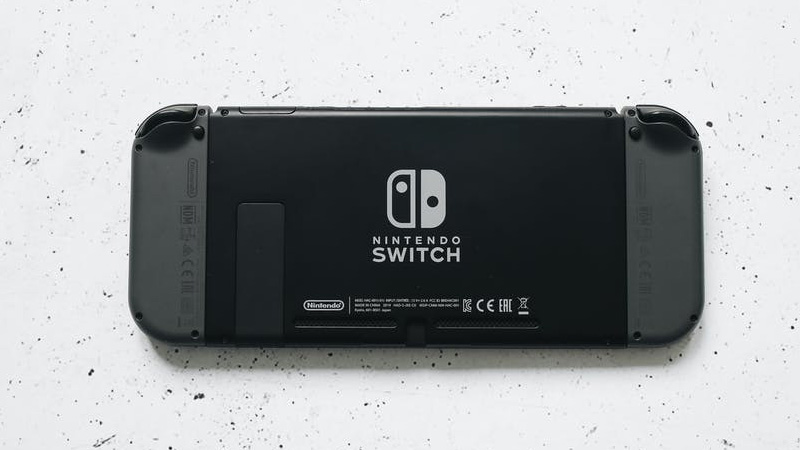
Another major reason why the Nintendo Switch console has no backward compatibility with the 3DS is due to huge differences in their physical external hardware. The 3DS console has two screens, both of which were provided with different screen resolutions, giving the 3DS screens a portrait appearance when put together and the switch, on the other hand, has a large landscape 720p panel hence making both of their hardware components incompatible.
Some Nintendo 3DS games can be played in the handheld mode with the screen held vertically instead of horizontally but, they only use touchscreen controls as the Switch is quite cumbersome to hold when vertical.
Plus there’s no access to shoulder buttons which will be required if you were to play 3DS games on the switch console, hence the differences in physical hardware, which may be a reason why Nintendo didn’t incorporate the backward compatibility feature for the Nintendo switch.
Differences In Internal Hardware
The Nintendo Switch, on paper, is more than powerful enough to handle any 3DS game you want to play on it, after all, the Switch is vastly more powerful when compared to the graphics of the Nintendo Switch to 3DS.
For instance, when you’re using the Nintendo Switch in handheld mode, it produces over 500 Gigaflops of graphical computing power and when you compare it with the Xbox one that produces 1,200 Gigaflops of computing power, you can say it’s quite an impressive gaming system for a handheld model. However, the 3DS lags way behind with only 4.8 Gigaflops of computing power which makes the Switch over 100 times more powerful than the 3DS in theory.
Now that you see that the Switch has more muscle to power through any 3DS game, then what may be the problem?
The problem is perceived to be architecture. Since the 3DS uses multiple CPUs and GPUs because the 3DS has two screens, each screen gets its own mini-computer to run it. Meaning each screen has its own CPU, GPU, and RAM.
It would require a considerable amount of investment in people hours and money by Nintendo to create a way of engineering an emulation software layer to portray the 3DS’s internal hardware without slowing down the Switch to the barest minimum.
Nintendo Wants You To Buy Their New Hardware
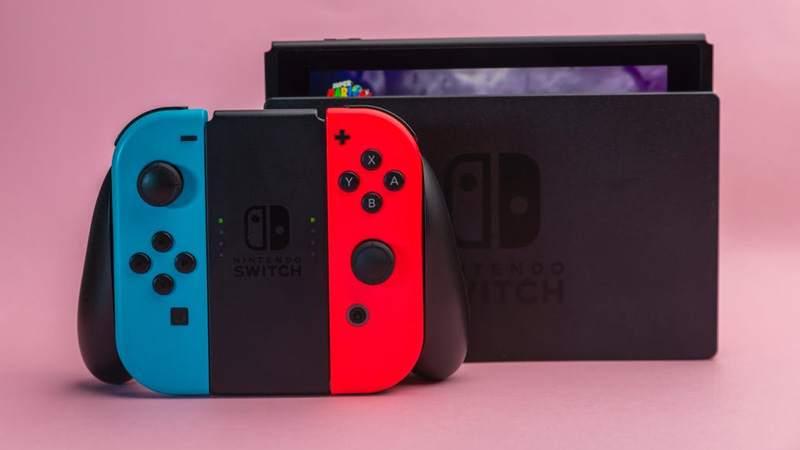
Since Nintendo is a business, and like all large businesses, all they really care about is making a profit because how else is the business going to grow if they don’t make that profit.
They want to sell to you as many games, controllers, peripherals, and consoles as possible so they can make that profit off you. Hence, it makes no sense to make the Nintendo Switch backward compatible with the 3DS because how will they make profits off the 3DS if you can get the same experience when you play the Nintendo switch with the backward compatibility feature?
